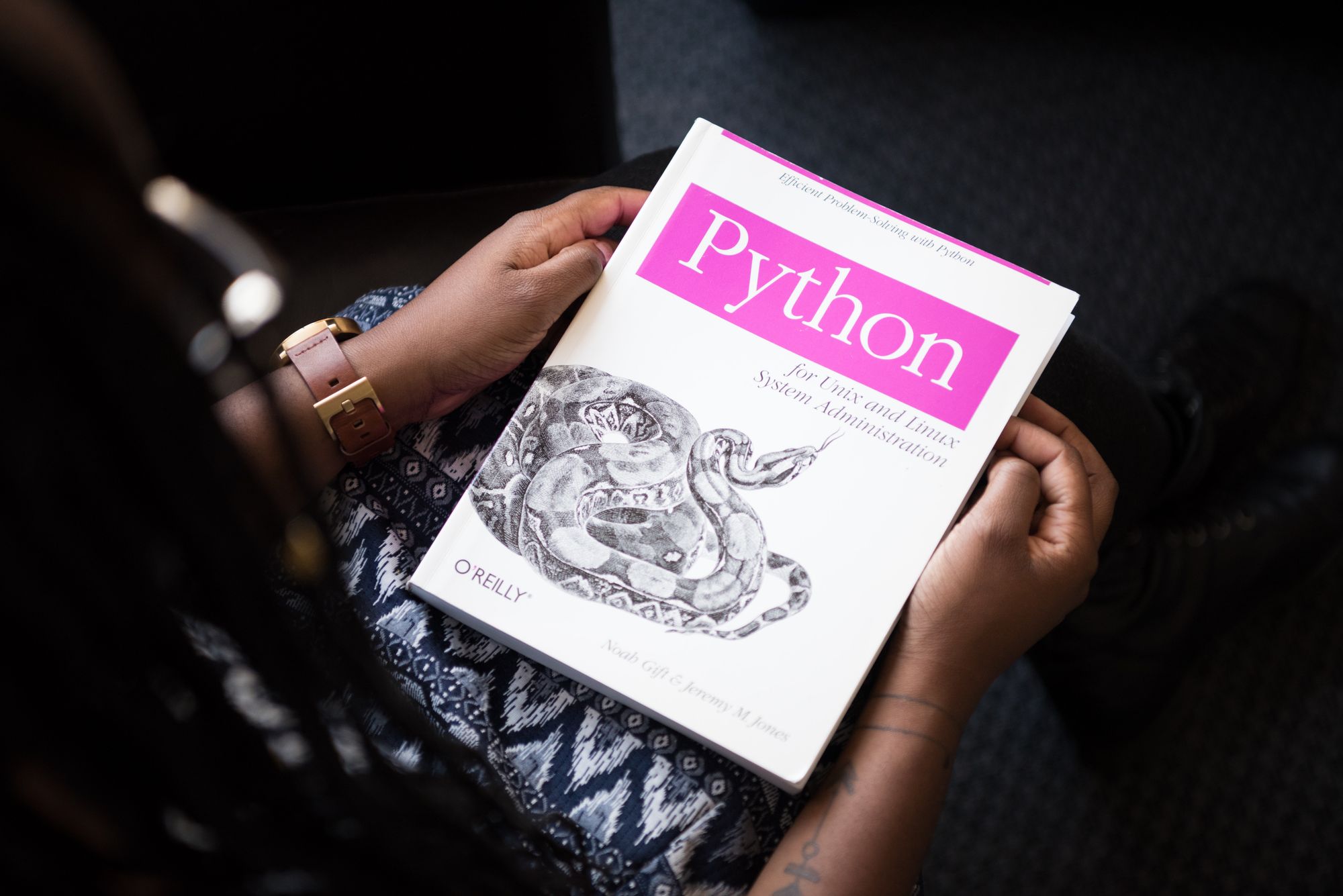Python vs Java for Advanced Developers: Data Science and AI Showdown
Discover the ultimate Java vs Python showdown for advanced developers in data science & AI. Explore in-depth features, use cases, and pick your winner!
In the world of advanced developers focusing on data science and artificial intelligence, the debate between Python and Java continues to gain momentum.
While both languages have their own strengths and weaknesses, it's essential to dive deeper into the specific use cases, performance, and features that matter most to data science and AI practitioners.

In this friendly-toned blog post, we'll cover the differences between the two languages and declare a winner for each section to help you make an informed decision.
- Performance, Scalability, and Maintainability - Winner: Java
Python is well-known for its ease of use and beginner-friendly nature, making it a popular choice for data science and AI projects.
However, Java offers advantages in terms of performance, scalability, and maintainability, especially when it comes to large-scale enterprise applications.
2. Syntax, Ease of Use, and Learning Curve - Winner: Python
Python's syntax is clean and straightforward, making it easier for developers to write and maintain code. Java, on the other hand, can be more complex, particularly when dealing with project structures like Spring/Spring Boot.
However, Python's simplicity makes it the winner in this category.
3. Popular Libraries and Frameworks - Winner: Python
Both languages boast an array of libraries and frameworks for data science and AI. Python is home to TensorFlow, PyTorch, and scikit-learn, while Java developers can leverage Deeplearning4j, MOA, and Weka.
With its more extensive range of popular libraries, Python takes the win in this category.

4. Use Case Advantages - Winner: Tie
Some use cases may favor one language over the other. For instance, Python excels in rapid prototyping and exploration, while Java is better suited for performance-critical applications and large-scale systems.
Both languages have their unique strengths, resulting in a tie for this category.
5. Language Features and Their Impact - Winner: Java
Concurrency, multithreading, memory management, and garbage collection are crucial factors to consider when working with data science and AI workloads.
Java's mature ecosystem provides developers with robust tools and features, while Python's Global Interpreter Lock (GIL) can be a limitation in some scenarios. Java takes the win here.
6. Ecosystems and Community Support - Winner: Tie
Python and Java both have extensive ecosystems, conferences, online resources, and development tools tailored for data science and AI.
The choice often depends on personal preferences and familiarity with each language's community, resulting in a tie in this category.
7. Future Trends and Updates - Winner: Tie
The future of both languages is bright, with new features, updates, and industry trends continually shaping their role in data science and AI.
Both languages have promising prospects, resulting in a tie for this category.
8. Real-world Examples and Code Snippets - Winner: Tie
Including real-world examples, code snippets, and case studies can help showcase the differences between Java and Python for advanced developers in data science and AI applications.
Both languages have their strengths and unique applications, leading to a tie in this category.
9. Companies, Influencers, and Industry Players - Winner: Tie
Highlight well-known examples of companies, influencers, or industry players that use Java or Python for data science and AI projects.
Both languages are popular choices among leading organizations and influencers, resulting in a tie for this category.
10. Recommended Resources - Winner: Python
For advanced developers looking to expand their skills in data science and AI, Python's wealth of resources, like Python courses from Mosh Hamedani, give it an edge over Java. Python takes the win in this category.
Conclusion
After evaluating each category, it's clear that both Python and Java have their strengths and weaknesses when it comes to data science and AI applications for advanced developers.
While Python is the winner in terms of syntax, ease of use, popular libraries, and resources, Java takes the lead in performance, scalability, maintainability, and language features. Several categories, such as use case advantages, ecosystems, community support, future trends, real-world examples, and companies, influencers, and industry players, ended in a tie.
In conclusion, the choice between Python and Java ultimately depends on the specific requirements of your data science or AI project and your personal preferences as a developer.
Both languages offer robust ecosystems, and each has its place in the ever-evolving world of data science and AI. It's essential to weigh the pros and cons of each language for your specific situation and decide which one aligns best with your goals, expertise, and project needs.



Comments ()